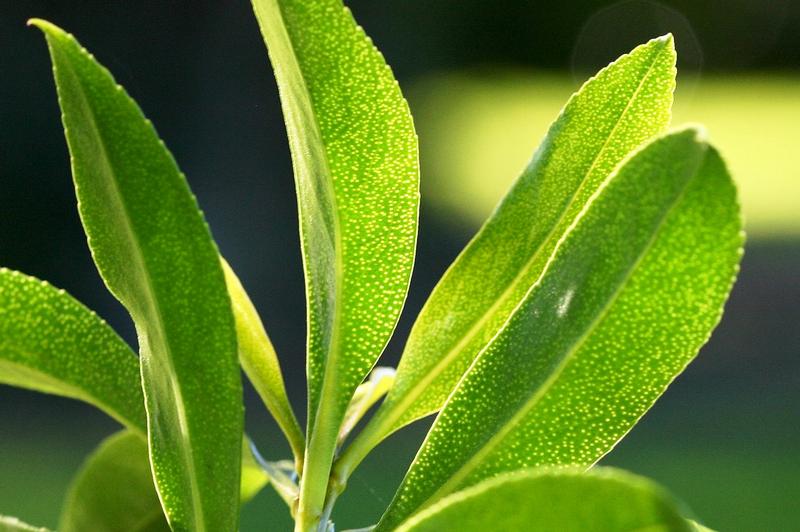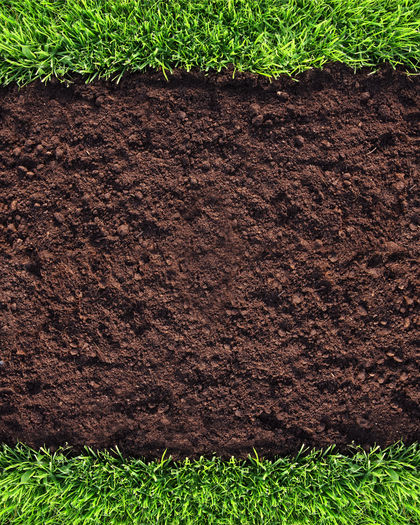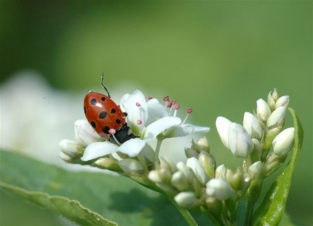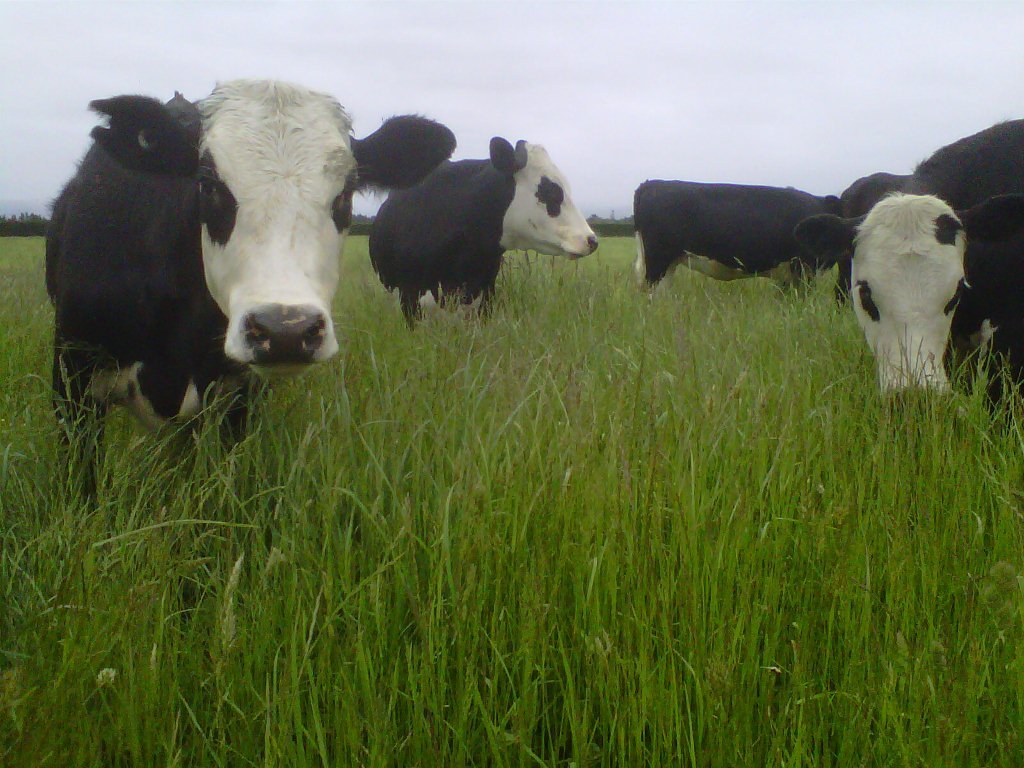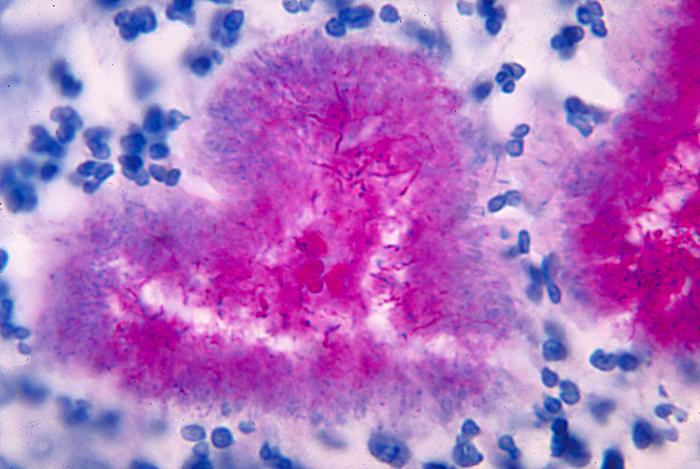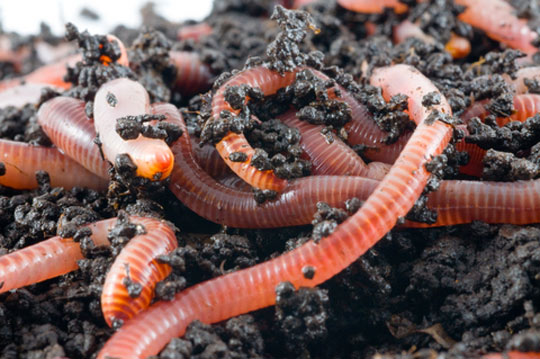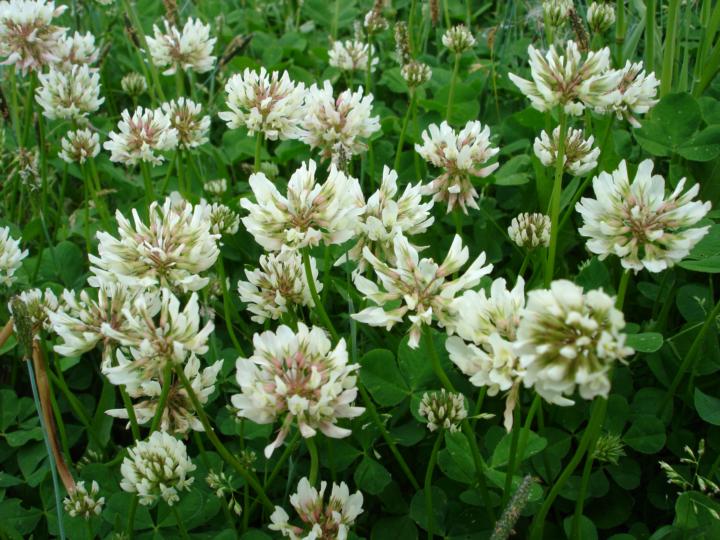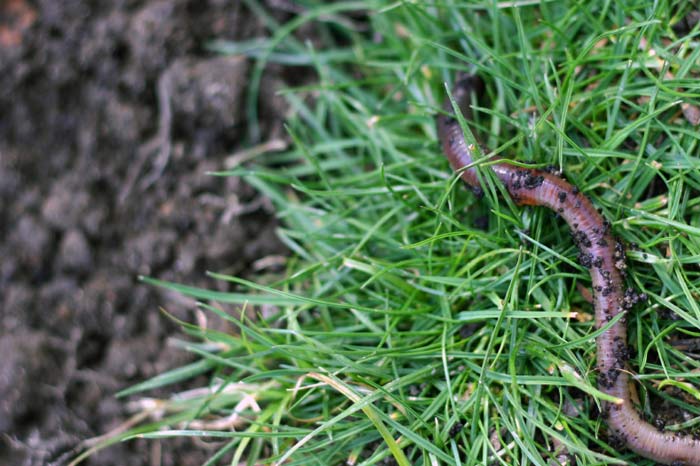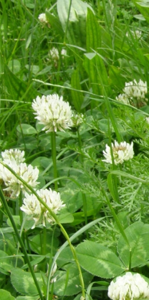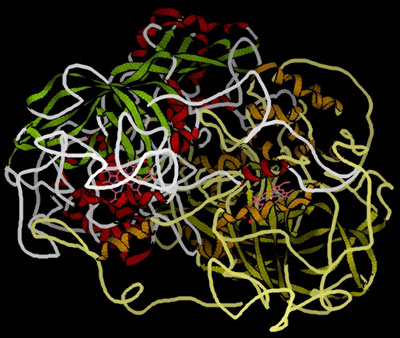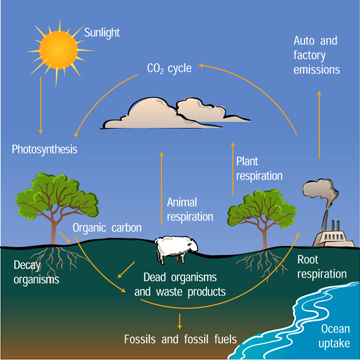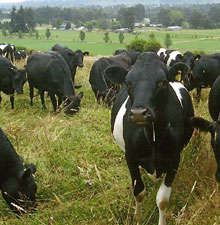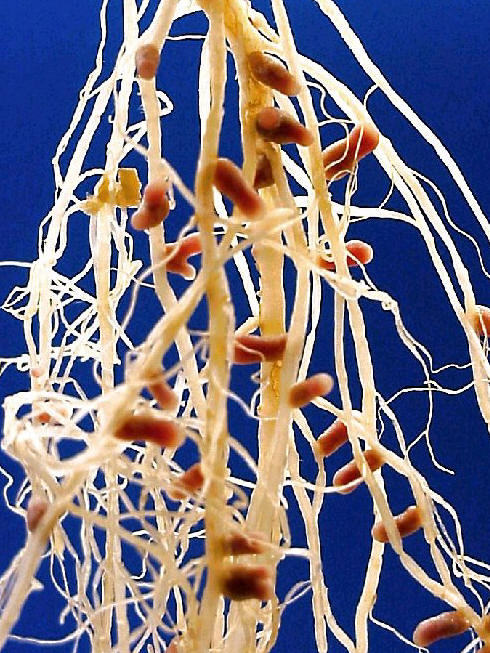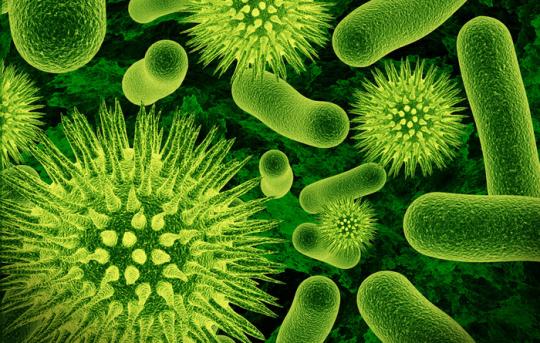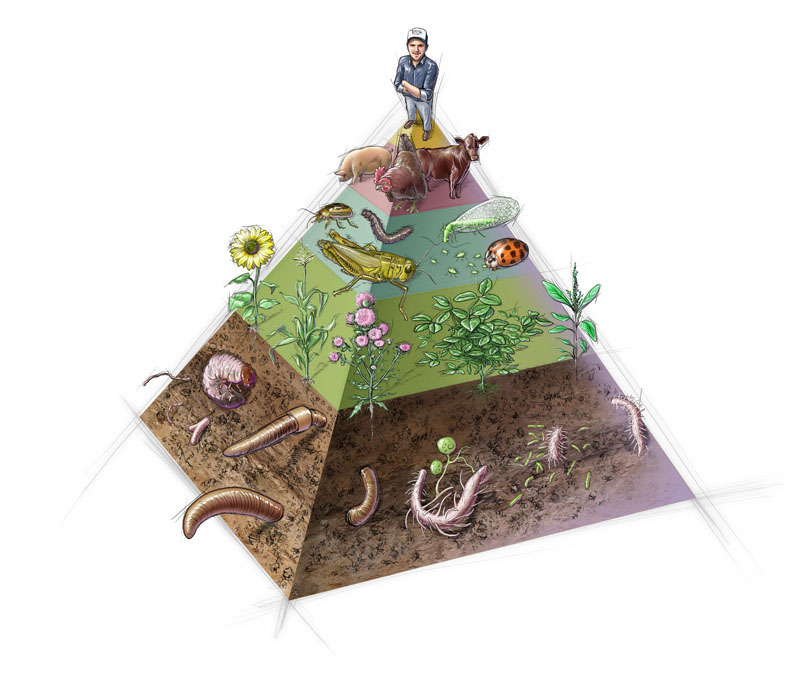
The food chain is often described as a pyramid – or, more precisely, a “biotic pyramid”. Soil forms the base of the pyramid, plants are on the lower level, then plant-eating animals (herbivores), with animal-eating animals (carnivores) on the top level. The pyramid design shows very clearly that there are many species and individuals at the lower levels, and fewer at the higher levels of the food chain. The reason is that from one level to the next (when one organism eats or is fed by another), there is a certain amount of energy loss or wastage (food is stored energy). So, what affects animal (and human) health and nutrition? Are animals really that much different from plants? If you raise animals, or your family just wants to be healthy, you need to know something about animal and human nutrition. We often hear the phrase, “you are what you eat”, and we know that animals get their food, which later becomes their body substances, from eating plants, or animals that eat plants. but then, as plants do, animals combine the simpler “building blocks” obtained from food substances into more complex substances that make up the cells and tissues of an animals’ body. Remember, too, that plants can also break down complex food molecules into building blocks and energy.


